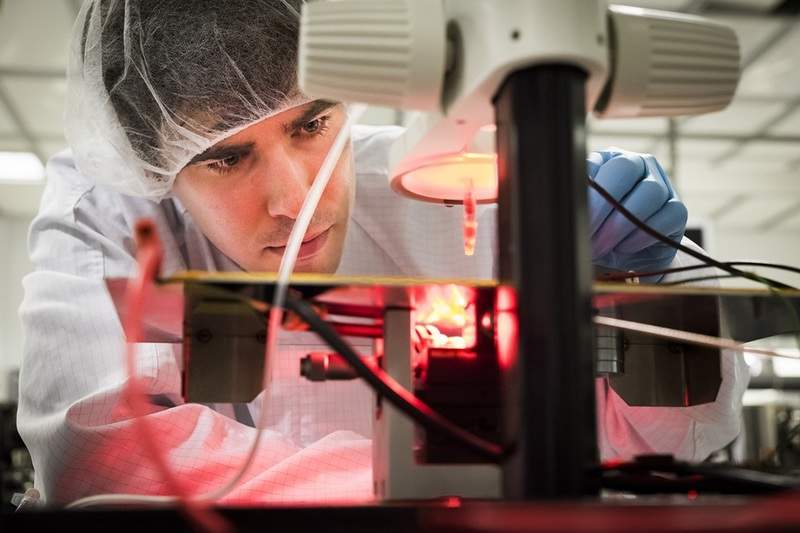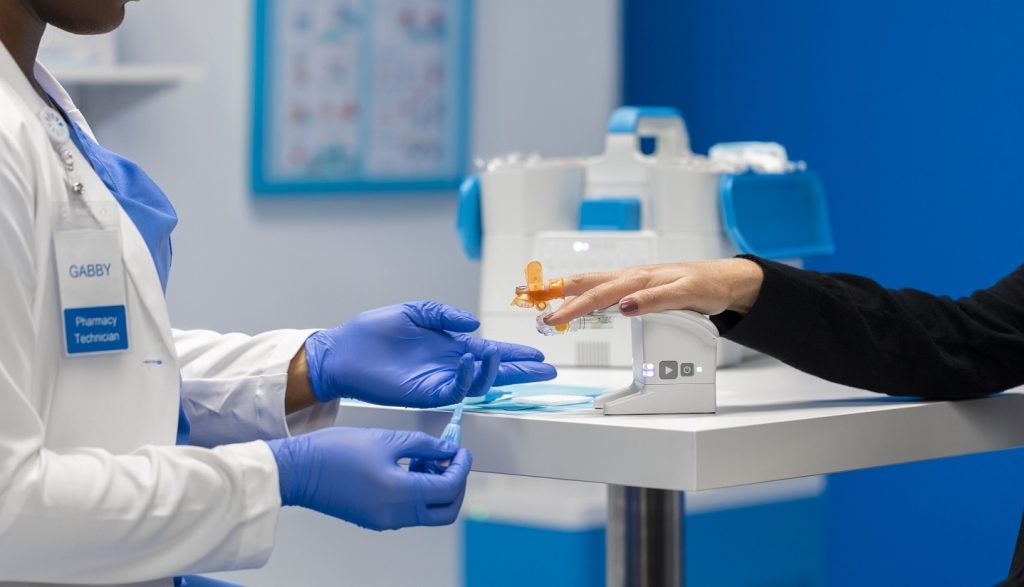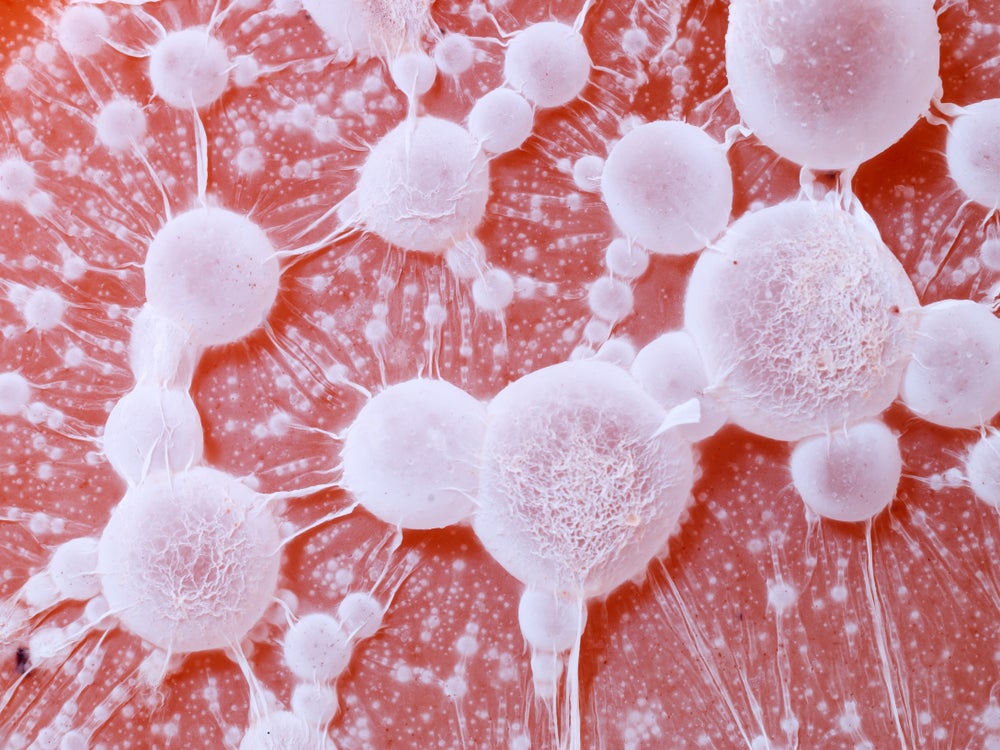
Sweden’s Linköping University researchers have partnered with Israel’s Tel Aviv University to develop a retinal prosthesis, intended to restore sight to people suffering from blindness.
Researchers used inexpensive organic pigments that are commonly used in printing inks and cosmetics to build the simple artificial retina.
Led by Eric Glowacki from the laboratory of organic electronics at Linköping University, researchers embedded the prosthesis with small pixels, similar to those found in a digital camera sensor on a nanometric scale.
Pixels are then combined with the non-toxic pigments containing semi-conducting nanocrystals.
Furthermore, the team created a tiny photoactive film around the pigment to convert light impulses into electrical signals, which then trigger neurons.
When surgically implanted into the eye, the artificial retina can potentially help people who lost their sight due to degradation of light-sensitive cells, enabling the conversion of light into electric pulses.
How well do you really know your competitors?
Access the most comprehensive Company Profiles on the market, powered by GlobalData. Save hours of research. Gain competitive edge.

Thank you!
Your download email will arrive shortly
Not ready to buy yet? Download a free sample
We are confident about the unique quality of our Company Profiles. However, we want you to make the most beneficial decision for your business, so we offer a free sample that you can download by submitting the below form
By GlobalDataGlowacki said: “We have optimised the photoactive film for near-infrared light, since biological tissues such as bone, blood and skin, are most transparent at these wavelengths. This raises the possibility of other applications in humans in the future.”
The implant does not require any external connectors and is understood to activate the nerve cells instantly.
Tel Aviv University postdoctoral researcher David Rand said: “The response time must be short if we are to gain control of the stimulation of nerve cells. Here, the nerve cells are activated directly.
“We have shown that our device can be used to stimulate not only neurons in the brain but also neurons in non-functioning retinas.”
Swedish researchers worked to optimise the technique, while experiments in vision restoration were conducted by the Tel Aviv University team.







